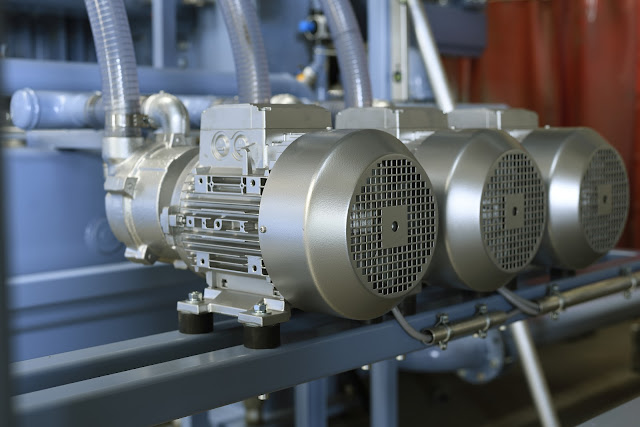Thermal Printing Has Revolutionized The Way Documents, Labels, Receipts, And Other Materials Are Printed
 |
| Thermal Printing |
Thermal Printing is a cutting-edge printing technology that has
revolutionized the way documents, labels, receipts, and other materials are
printed. Unlike traditional inkjet or laser printers, printing utilizes heat to
create images on heat-sensitive paper or thermal media. This process has gained
popularity due to its simplicity, speed, and cost-effectiveness, making it an
indispensable tool in various industries and applications.
The
foundation of Thermal Printing lies
in the principle of thermochromism, where certain materials change color when
exposed to heat. Thermal printers employ either direct thermal or thermal
transfer methods to produce high-quality prints. In direct printing, the
printer applies heat directly to the thermal paper, which contains a coating of
heat-sensitive chemicals. When heated, the chemicals react and create a visible
image. This method is commonly used in point-of-sale (POS) systems, shipping
labels, and receipt printing. It is preferred for its simplicity and low
maintenance requirements, as it eliminates the need for ink cartridges or
ribbons.
According To Coherent Market
Insights, The Size Of The Global Thermal Printing
Market Was Estimated At US$ 45.60 Billion In 2022, Growing
At A 4.5% CAGR From 2023 To 2030.
On
the other hand, Thermal Printing
transfer involves the use of a ribbon made of wax, resin, or a combination of
both. The printer heats the ribbon and transfers the ink onto the label or
paper, resulting in a more durable and long-lasting print. This method is
suitable for applications that require higher print quality and resistance to
environmental factors like moisture, UV exposure, and abrasion. Thermal
transfer printing is often used in barcode labels, product identification, and
asset tracking.
One
of the significant advantages of printing is its remarkable speed. It can
produce prints at much higher rates compared to traditional printing
technologies, making it ideal for high-volume printing tasks. Moreover, thermal
printers tend to be more compact and space-efficient, which is particularly
advantageous in environments with limited space, such as retail counters and
medical offices.
A
variety of printing techniques are used in Printed
Electronics to create
electrical devices on various substrates. The main printing processes for
defining patterns on substrates or materials include screen printing, gravure,
flexography, offset lithography, and inkjet printing.
In
recent years, advancements in Thermal
Printing have further expanded its capabilities. Some thermal printers now
support color printing, allowing for the creation of eye-catching graphics and
logos on labels and tags. Moreover, improvements in print resolution have
enhanced the overall print quality, making printing a viable option for
applications that demand precise images and text.


Comments
Post a Comment